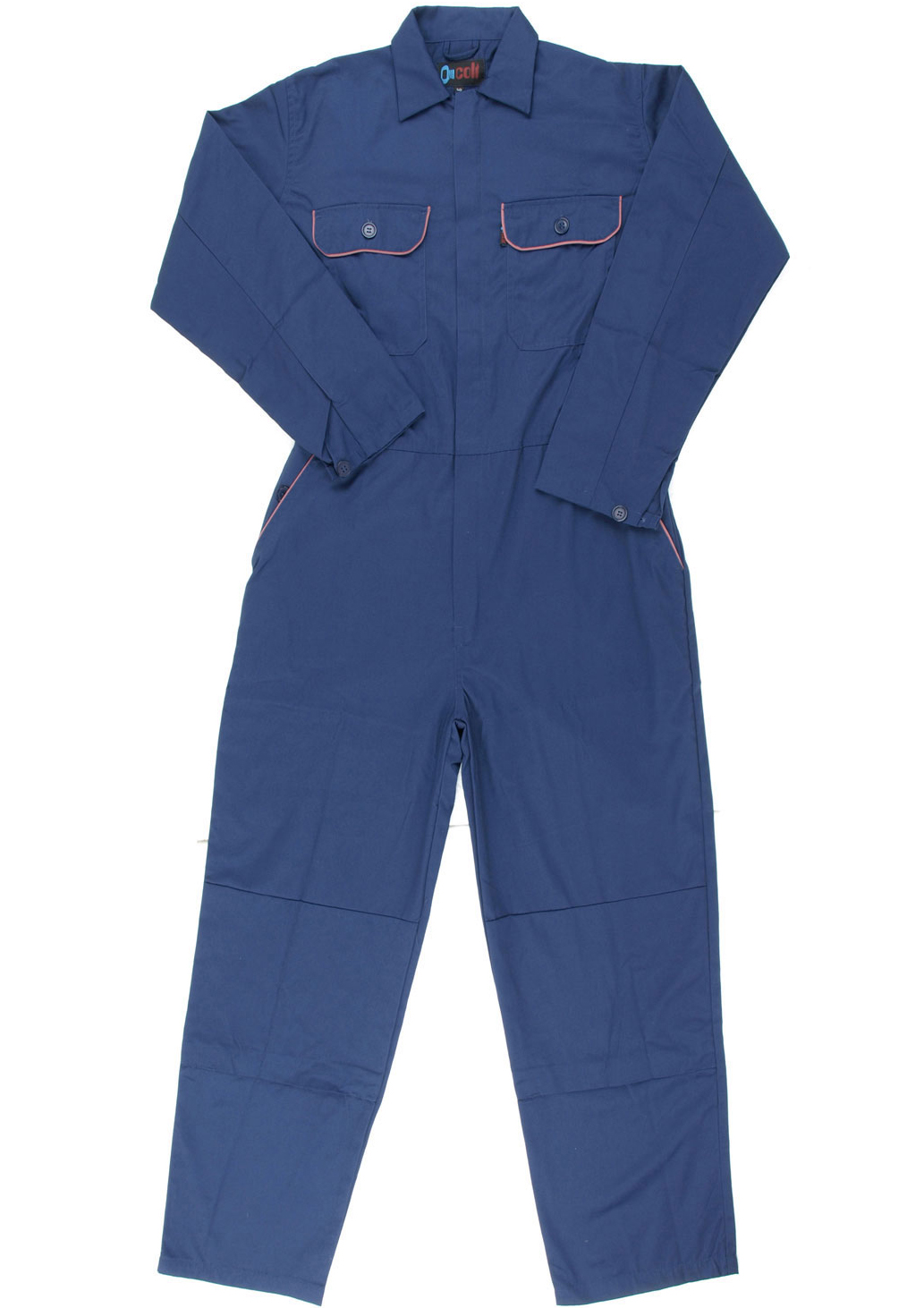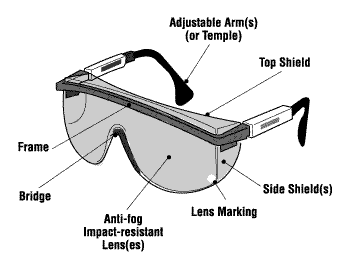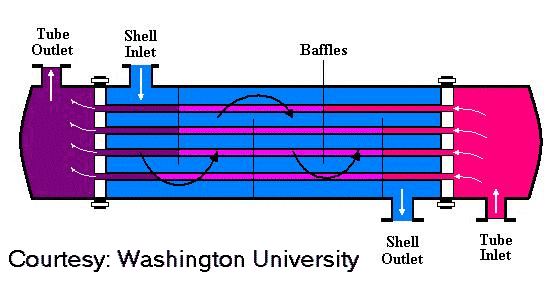pre engage starter
a pre engage starter moter has the same pinion, helex, and clutch system as the inertia. although they do very similar things the pre engage starter has a solinoid mounted ontop wich replaces the return spring on a inertia. power from the battery gose to the solinoid (when the ignition is turned on) wich pushes a leaver moving the pinion gear into its spinning postion. the power also gose to the wire packes wich curculate the inner shaft. brushes rub on a brass are wich spin the shaft and keep feeding power to the starter. when the engin is started the plunger in the soliniod pushes forward to pull the pinion gear back into its stoped postion. while the engin is running no power gose to the starter as it is not needed. the pre engage starter dose not have a permante magnet like the ineria is has wire packs .
generator
a generator is something that uses a small amount of power to start but can then runn with out no battery but produce power. generators are usaly used were power is low or only a small burst of power is avallable. generaters are used to back up power cuts or loses of power. some can be pull start and run on petrol wich only need a minute if not any power. a generator is uesed were a battery can not be used.
alternator
a alternator is a charging device used on alot of engines. the alternater has a rotating shaft in it that rotates around a copper cover. this creast voltage wich helps charge the battery or power source, and deliver spark to spark plugs. a broken or faulty alternater means that the battery gets flater every time it is used. the use of copper inside the hosing of the alternator is because it is highly conductive and can create voltage and amps with eas. the alternator recives power straight from the battery. this power or current rotates the internal shaft wich rubs against the copper creating current that gose to the coils or coil and back to the battery to charge it up. the alternater runs of the belts on the engin. this belt runs around the crank pully (depending on make or desgin of the engin.










































